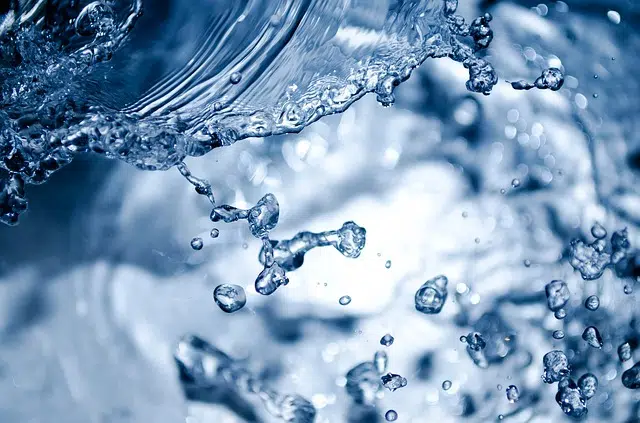
Water is an abiotic factor.
The notion of abiotic is used in the field of biology to refer to the environment that, due to its characteristics, cannot host any form of life. The term allows us to name that which is opposed to the biotic and that which cannot be included within the group of living beings or their products.
It should be noted that the letter a in front of a word indicates negation and, as the term biotic defines the presence of life , abiotic refers to the opposite.
Characteristics of abiotic factors
Various chemical and physical elements in the environment cause abiotic factors to arise, while biotic factors are born from living organisms and their creations. This means that the sun, air and water, among others, belong to the first group.
The important thing is to keep in mind that biotic factors are related to abiotic factors in order to survive. For example: a sheep (biotic) needs air (abiotic) and water (abiotic), among many other things, to live. A plant, for its part, also needs air to develop photosynthesis and water and soil with various nutrients.

Abiotic factors such as the sun are essential for life.
The biotope
Abiotic components , on the other hand, are responsible for the configuration of the so-called biotope (bios = life and topos = place), a space with favorable conditions for the development of life; It is also called habitat. On the other hand, biotic components give rise to biocenosis , a grouping of various species that share life in the same space or habitat.
The biotope is the physical place that allows the development of the biocenosis. Experts divide it into hydrotope (hydrographic resources), edaphotope (composed of land) and climatope (climate conditions); All of them together allow the creation of a space where living organisms can subsist and reproduce, to ensure the survival of their species.
If any of these resources were scarce, an imbalance could be generated in the harmony of the ecosystem. This is what is happening with global warming , as continental ice melts; The lives of many species are endangered because the place that previously allowed them to develop and endure becomes inhospitable. Polar bears, for example, have less and less space to live and are slowly perishing because of it.
Abiotic evolution
It should be noted that abiotic evolution or abiogenesis , finally, is a doctrine made up of various theories that affirm that life can be formed from non-living materials. The notion was coined by the British Thomas Huxley ( 1825 – 1895 ) in 1870 , in opposition to the idea of biogenesis .
Both terms refer to the origin of life from opposite positions: biogenesis states that life can only originate from organic matter , from elements that have been alive at some point, while abiogenesis indicates that it can also arise from inorganic matter . .
These two theories are in constant contradiction and scientists of each doctrine carry out tests to demonstrate their position and discredit the opposing doctrine. For now, the most certain could be biogenesis, since it is believed that it is practically impossible for life to arise from an element that lacks it.
As various studies on the origin of the Universe have revealed, it can be said that all living organisms can only arise from germs of the same type and, therefore, never from inorganic matter. This leads us to affirm that abiotic elements alone cannot produce life; Yes, they can promote their development because, as we have said previously, it is not possible for living organisms to subsist if they lack the essential elements for growth: oxygen and water.
